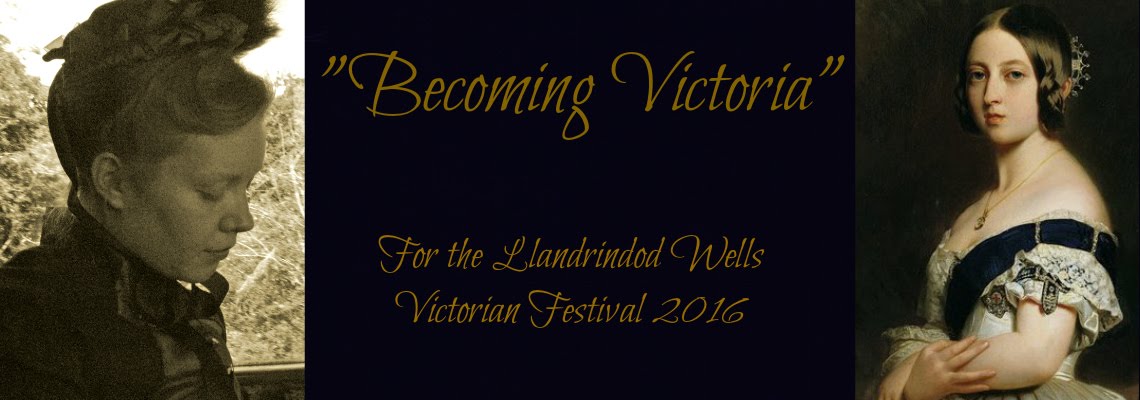Apologies for the large gap in posting. I got rather carried away over the last few days with completing the first gown for Queen Victoria. This included a few late nights (including one where I found myself still stitching at 4am!) and as a result I haven't managed to squeeze in a post.
But here it is...the first gown.
Strictly speaking, this dress is, in fact, a test run for the real thing. I will be making a second version of this dress in silk. However, it is always advisable, especially when using an original pattern that has been adapted like this one, to test the fit of the pattern in a cheaper material. Making a toile (a mock up in calico) is a good option, used by top designers in couture fashion, but in this case I also wanted to practise the techniques to ensure that all of the elements of the dress worked as I expected.
I therefore decided to make the dress completely from another fabric to test the fit and construction methods thoroughly before cutting my silk. This is, of course, more time consuming but avoids errors later and, on the plus side, leaves you with another completely wearable dress, unlike the mock-up method. It doesn't have to break the bank either.
The material I used for this dress was the lining of an old curtain. I bought (or should I say my Dad bought for me!) a pair of curtains in a vintage store. They were very large (about 3m squared) and were fully lined, with both the outer fabric and the lining suitable for making costumes. The fabric is a medium weight cotton and very easy to handle. Even better, I only needed the lining of one curtain for this gown so the fabric cost less than £12 which is not bad for a Victorian dress.
I started by constructing the bodice. Before stitching any of the pieces together I had to sew the piping along the seam lines.
 |
| Piping applied so that the cord lies just inside the seam line |
 |
| Side view of the bodice showing the seam piping |
The front of the dress has a deep point at the waist which is typical of this period and the bust area is shaped with long darts. Using the striped material to create chevron down the front of the gown is also something I have seen on original gowns from this period. Both of these features again help the waist to look even smaller than it actually is.
The skirts are attached following the line of the pointed bodice. The skirt fabric is folded to the inside along the top edge, with the fold tapering to a point at the centre front. The material is then cartridge pleated (find out more about cartridge pleating here) and stitched to the dress by hand. The pleating stands out over the hips, creating full skirts and emphasising the waist.
The sleeves also feature piping along both seams. They are cut with a curve that follows the natural curve of the arm. This allows the sleeve to be cut much tighter and still allow the arm to bend. The cuff are finished with piping with a slit at the wrist to allow the hand to pass through and are set into the bodice with a smooth sleeve head (no gathers on the shoulder).
 |
| Sleeve detail |






No comments:
Post a Comment
Please feel free to share your comments and questions here